1. The First Color Broadcast (1954)

It all looked a little brighter after this one. When NBC aired the Tournament of Roses Parade in color on January 1, 1954, it was more than a pretty picture. It marked the start of television’s color era. Though most Americans still had black-and-white sets, this broadcast set the tone for what was coming. “The demonstration was more than successful,” said Broadcasting Magazine at the time. Viewers got a glimpse of a richer, more immersive TV future. Before long, color became the standard and grayscale entertainment started to fade into memory, both literally and culturally.
2. The Invention of Reruns (1951)
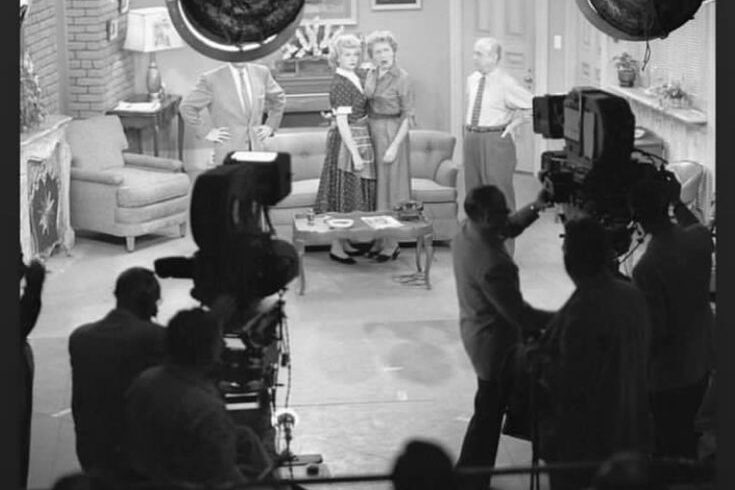
Ever catch a rerun and feel grateful? You can thank I Love Lucy. In 1951, Desi Arnaz and Lucille Ball insisted the show be shot on high-quality 35mm film instead of broadcast live. That decision made rebroadcasting possible. When Lucy gave birth, reruns were used to keep the show running. The result was a whole new revenue stream. “They invented the idea of reusing content,” said media historian Robert Thompson. What started as a workaround turned into syndication gold. Reruns gave television a second life and turned classic shows into lifelong companions for audiences everywhere.
3. The First Synchronized Sound Cartoon (1928)
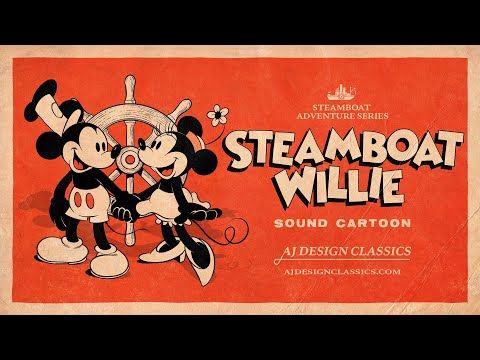
Before 1928, cartoons were silent and mostly background fun. Then came Steamboat Willie. When Walt Disney added synchronized sound to Mickey Mouse’s whistle and rhythm, animation changed forever. It wasn’t just cute. It was musical, interactive, and alive. Audiences had never seen or heard anything like it. “It was a phenomenon,” said film scholar Leonard Maltin. Mickey became a star overnight. And animation became a serious storytelling tool. From Looney Tunes to Pixar, this early moment proved that a little sound could add a whole lot of magic to moving pictures.
4. The Transition from Live to Filmed TV (1950s)
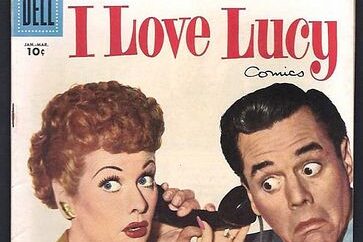
In the early days, if you missed a TV episode, that was it. Everything was done live, mistakes and all. But as the 1950s rolled in, producers began filming shows instead. It allowed for editing, better visuals, and, most importantly, replays. Shows like Dragnet and I Love Lucy led the shift. “Film gave us control,” said producer Sheldon Leonard. Viewers noticed the difference in quality. Networks noticed the profits. Filmed television became the industry standard, opening the door to syndication, reruns, and international sales. It was a quiet change that completely redefined the future of television.
5. The Rise of Multi-Camera Sitcoms (1951)
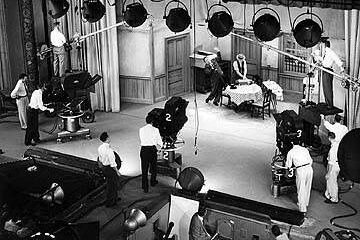
Ever wonder why sitcoms feel like you’re in the room? Thank Desi Arnaz again. For I Love Lucy, he developed the three-camera system. One angle on Lucy, one on Ricky, and one for wide shots, all filmed in front of a live audience. This gave editors plenty to work with without losing the show’s energy. It combined the polish of film with the spontaneity of stage. “It was genius,” said TV director James Burrows. Almost every sitcom since has used this setup. From Friends to The Big Bang Theory, the format Desi pioneered still sets the rhythm of our laughter.
6. The First Full-Length Animated Film (1937)
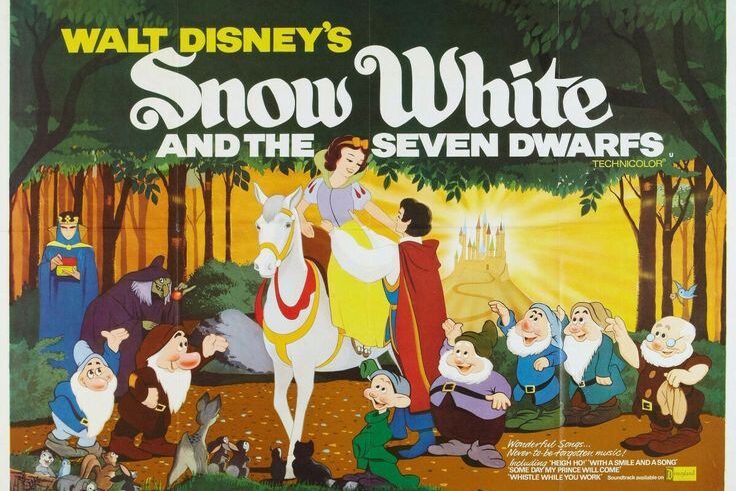
At a time when animation was considered kids’ stuff, Walt Disney bet the farm on Snow White and the Seven Dwarfs. It was the first full-length animated feature, and it wasn’t just for laughs. It had romance, fear, music, and real emotional stakes. Audiences were stunned. “They were crying at a cartoon,” animator Frank Thomas recalled. The film earned over $8 million during the Great Depression and proved that animated movies could be artistic, moving, and wildly profitable. It changed the future of family entertainment and helped build the Disney empire we know today.
7. The First Real-Time News Reporting (1940s)
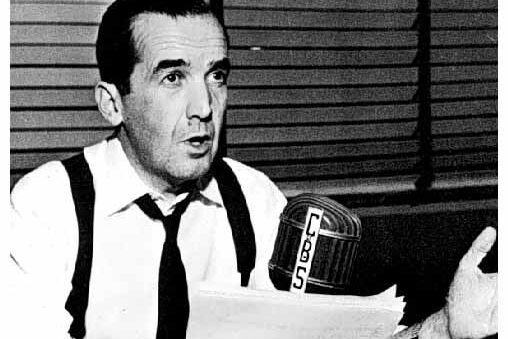
In the 1940s, war brought something new to the airwaves. Real-time radio journalism. Reporters like Edward R. Murrow broadcast live from London during World War II, bringing the sounds and urgency of war into American homes. “This is London,” he’d begin, calmly narrating while bombs fell. For the first time, news was immediate and immersive. It wasn’t just headlines anymore. It was history unfolding in real time. Murrow’s work laid the foundation for the modern broadcast journalist and changed how the public connected with global events. Listeners weren’t just informed. They were right there with him.
8. The First Use of Technicolor in a Major Film (1939)
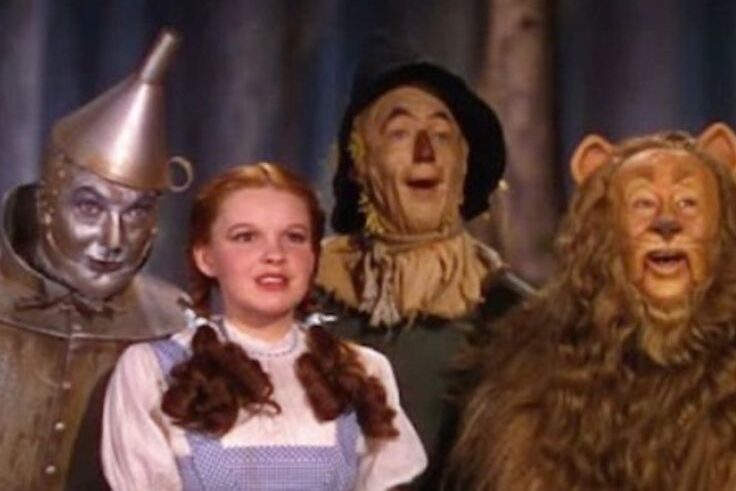
It started in black and white. Then Dorothy opened that door, and the world turned color. The Wizard of Oz used Technicolor not just for flash but for storytelling. Kansas was gray. Oz was vibrant. That visual shift became symbolic, emotional, and unforgettable. “It wasn’t just color. It was transformation,” noted film critic Roger Ebert. Though Technicolor existed before, Oz showed how it could deepen the story. Audiences were hooked. Soon, color films were everywhere. That one iconic doorway helped make color not just a technical feature, but an emotional one that still shapes how we see cinema.
9. The First Live Global Broadcast (1967)
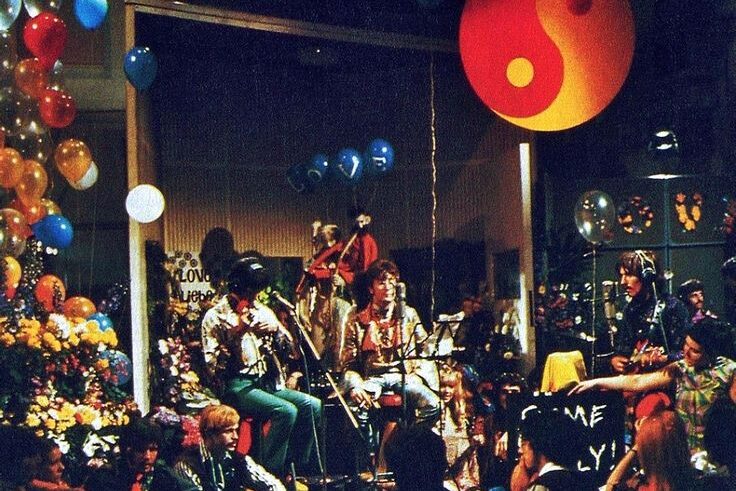
The world had never felt so small. On June 25, 1967, Our World became the first live global satellite TV broadcast. More than 400 million viewers in 25 countries tuned in. Each country contributed a segment. The Beatles represented the UK and performed “All You Need Is Love” live from London. “It was like a giant hug around the planet,” said participant Mick Jagger. With satellites, television transcended borders. It showed how technology could unite people in real time, sharing not just information but feeling. It wasn’t just a technical marvel. It was a message.
10. The First Reality Show Format (1989)
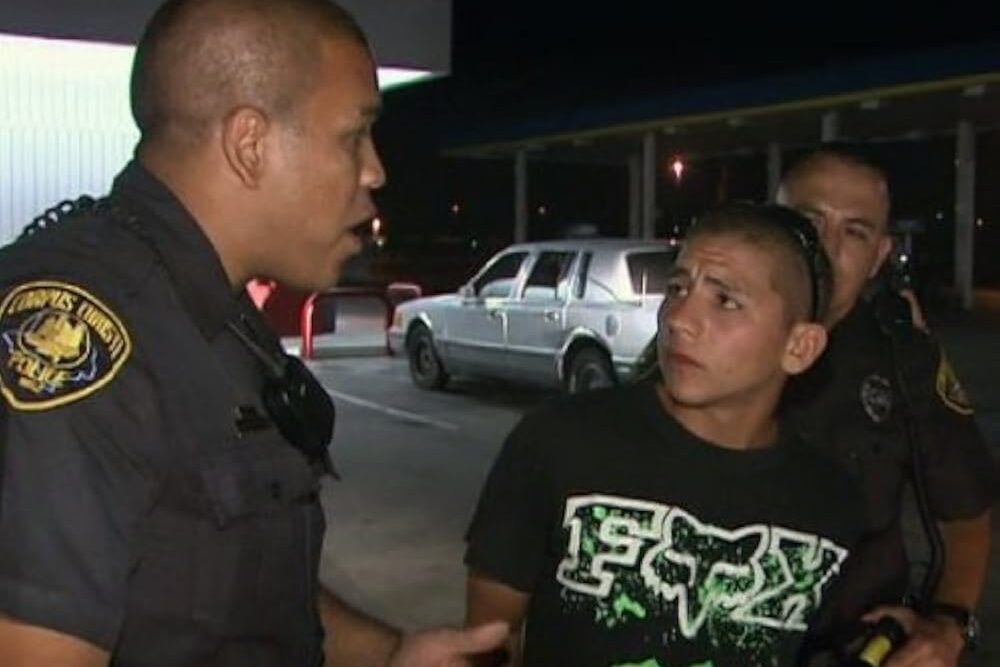
Before Big Brother and Survivor, there was Cops. Debuting in 1989, it stripped television down to raw footage, handheld cameras, and the gritty sound of sirens. There was no script, no studio, and no narrator. Just police officers, real calls, and real consequences. “Bad boys, bad boys…” became a cultural catchphrase. The show’s success proved that reality didn’t need polish. It needed presence. Cops opened the door for reality TV as we know it. It gave producers a blueprint for cheap, addictive programming and gave viewers something new. Unscripted drama that didn’t pretend to be anything else.
11. The First 24-Hour News Network (1980)

Before 1980, news came at certain times. You waited for the 6 o’clock report or the morning paper. Then came CNN. Ted Turner launched the first 24-hour news channel and changed everything. Suddenly, news could break anytime, and people expected updates as they happened. “The news is the star,” Turner said at the launch. Viewers weren’t just watching events. They were living them moment by moment. CNN set the pace for modern media and made the news cycle nonstop. Whether you love it or not, it created the rhythm most of us live by today.
12. The First Use of Laugh Tracks (1950s)
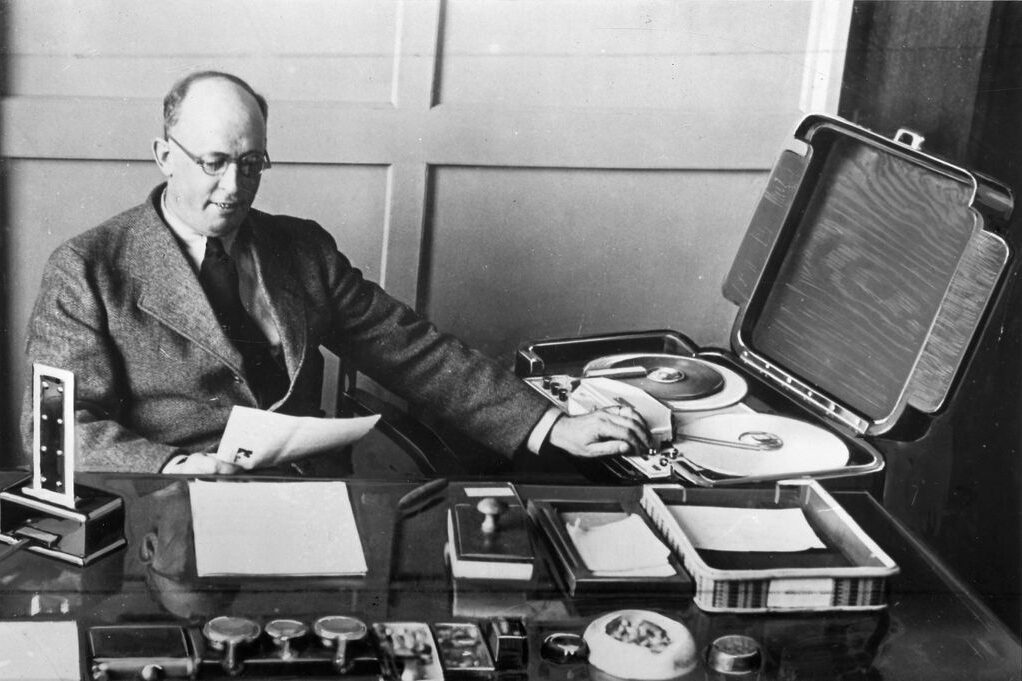
It’s easy to forget they’re not real. In the 1950s, producers began adding recorded laughter to sitcoms to mimic the sound of a live studio audience. The result was that viewers laughed more and shows felt more communal. Charles Douglass created the “laff box,” a device that let editors cue chuckles, giggles, and roars. “It told the audience when something was funny,” said TV historian David Bianculli. For decades, laugh tracks became part of the television experience. Whether you found them helpful or cheesy, they shaped how sitcoms were made and how we learned to laugh along from the couch.
13. The First Use of Special Effects as Story (1968)
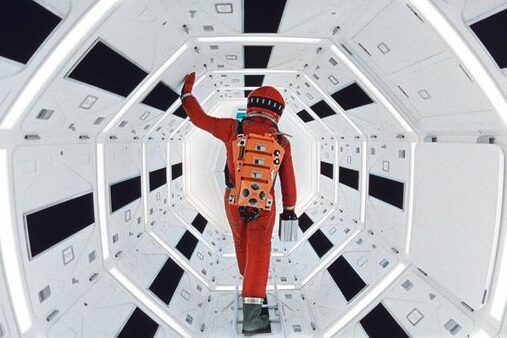
It wasn’t just about looking cool. When Stanley Kubrick released 2001: A Space Odyssey, he used visual effects to tell the story, not just decorate it. Slow-moving spacecraft, eerie silences, and cosmic visuals weren’t background. They were the experience. “The film speaks with images,” said critic Pauline Kael. Before 2001, effects were often gimmicks. After it, they were art. It redefined science fiction and pushed directors to think visually, symbolically, and philosophically. From Star Wars to Inception, the influence is clear. Kubrick didn’t just use effects. He let them speak, and filmmakers have been listening ever since.
This story 13 Big Firsts That Changed Radio, TV, and Film Forever was first published on Daily FETCH


